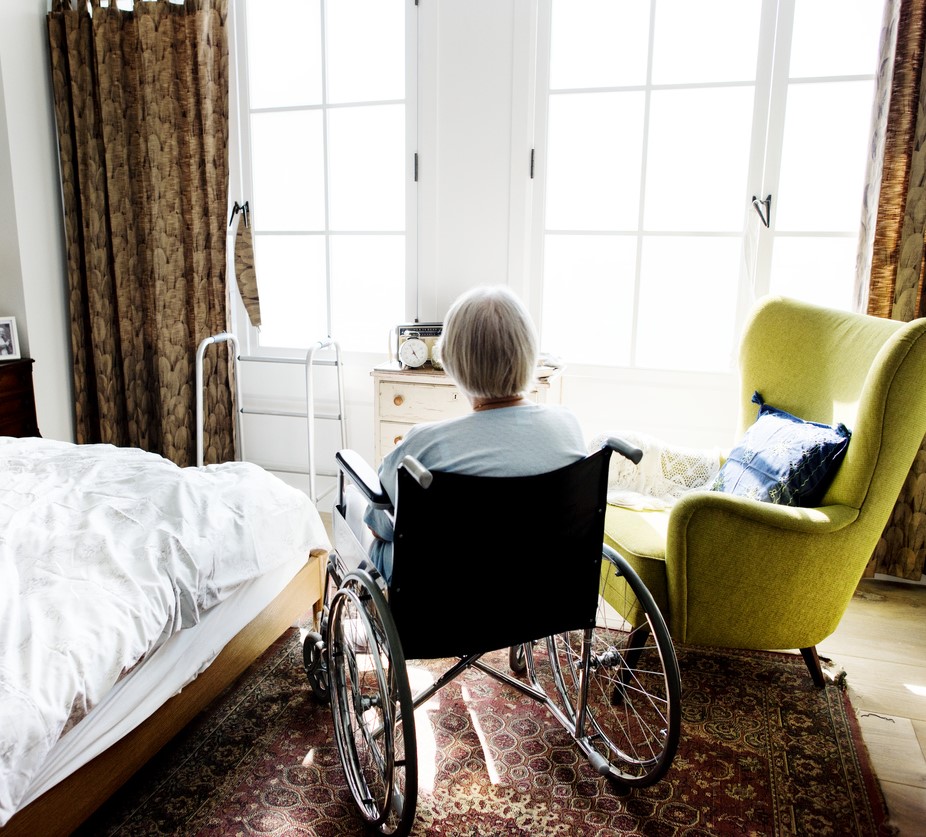 Shielding, a public health strategy used across the United Kingdom in the early months of the pandemic, aimed to keep the most vulnerable citizens protected from the novel coronavirus at home and away from public-facing jobs and schools. But a new study of Welsh citizens published in the May issue of Public Health shows the strategy did little to prevent infection in this group.
Shielding, a public health strategy used across the United Kingdom in the early months of the pandemic, aimed to keep the most vulnerable citizens protected from the novel coronavirus at home and away from public-facing jobs and schools. But a new study of Welsh citizens published in the May issue of Public Health shows the strategy did little to prevent infection in this group.
"Our study found no evidence of reduced COVID-19 infections one year after shielding was introduced. This raises questions about the benefits of shielding for vulnerable people as a policy," said lead author Helen Snooks, PhD, of Swansea University Medical School in a press release.
Our study found no evidence of reduced COVID-19 infections one year after shielding was introduced.
The study compared outcomes, including infection, deaths, and admissions to hospitals and intensive care units among a cohort of 117,415 shielded people, with 3,086,385 citizens who were not shielded during the first year of the pandemic in Wales. The shielded population included cancer patients (18.6%), those on immunosuppressive therapy (25.9%), and those with severe respiratory conditions (35.5%). All information came from anonymous electronic health records.
An 'untested public health policy'
People who were shielded were more likely to be residents in long-term care facilities, women, and those ages 50 and older.
Shielded people had a slightly higher known infection rate—5.9% versus 5.7%—compared with controls. All outcomes of infection were worse among shielded people. They were more likely to die (odds ratio [OR], 3.68), have a critical care admission (OR, 3.34), hospital emergency admission (OR, 2.88), and visit the emergency department (OR, 1.89) compared with unshielded Welsh citizens.
"Shielding was an untested public health policy that was introduced in the United Kingdom early in the pandemic, in contrast to other countries where there was more focus on closing borders, lockdown, test and trace systems," the authors concluded. "The shielding policy was based on assumptions rather than evidence of effectiveness."

 Shielding, a public health strategy used across the United Kingdom in the early months of the pandemic, aimed to keep the most vulnerable citizens protected from the novel coronavirus at home and away from public-facing jobs and schools. But a new study of Welsh citizens published in the
Shielding, a public health strategy used across the United Kingdom in the early months of the pandemic, aimed to keep the most vulnerable citizens protected from the novel coronavirus at home and away from public-facing jobs and schools. But a new study of Welsh citizens published in the  An analysis of stool samples from patients in Mozambique, nearly half of whom had
An analysis of stool samples from patients in Mozambique, nearly half of whom had  Researchers with the Israeli Phage Therapy Center (IPTC)
Researchers with the Israeli Phage Therapy Center (IPTC) 










